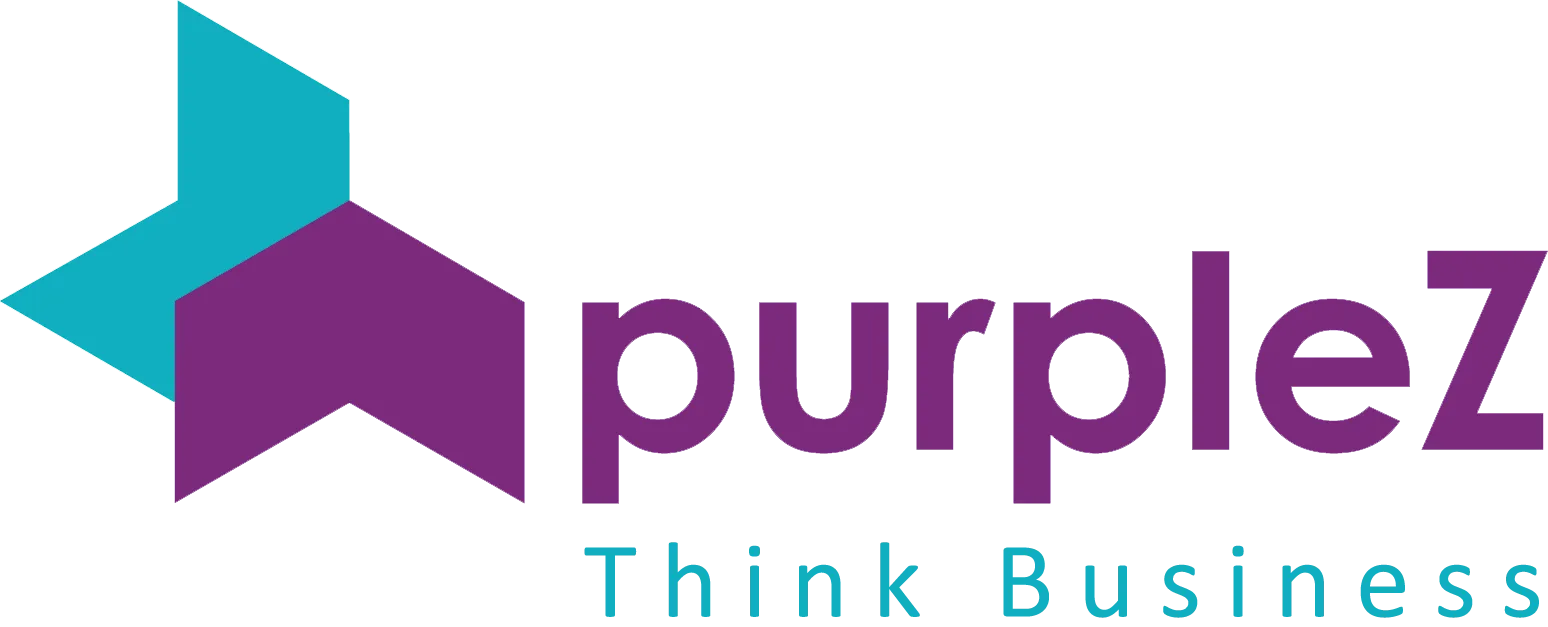In this piece, we’ll introduce some of the most well-liked social media channels for B2B businesses and go through how you can use them to develop a strong brand, draw in new clients and consumers, and boost revenue in 2023.
Understand your B2B prospects
You must understand your audience to create a B2B social media strategy.
- Know their needs and wants. What are they looking for? Are there keywords or topics that show up in their searches?
- Know how they use social media. Do they prefer one platform over another, and if so why.
Prepare for a long-term campaign
As with any campaign, you should be ready for a sustained effort. There will be many ups and downs along the path, and it won’t happen overnight.
Feel free to use different strategies or try new things. You may find that something works better than originally planned; change course! Keep going if things are working out immediately–it takes time for any social media strategy to start showing results (if ever).
Create a social media content strategy
When you have a B2B social media strategy, you can concentrate on producing the best kind of content and posting it when your audience finds it most engaging.
Deciding which type of content will help drive your goals and meet their needs is good. You’ll also need to define which platforms are most relevant for your target audience and set goals for each platform based on those criteria (e.g., leads generated per month).
Then, it’s time to create an editorial calendar that outlines when each piece should be published across all channels–this process will ensure consistency between channels so people know what they’re getting from each one! Last but not least (we just made up words), use a tool like Hootsuite or Buffer along with Google Calendar so everything is synced up nicely in one place!
Creating Informative Blog Posts and Articles
Use images and videos to add interest to your blog entries and articles. If infographics are more appropriate for your brand, you can include them in your material.
Use a call-to-action after each post to direct readers to the appropriate action (such as subscribing, downloading an ebook, or attending an event). Use sponsored tweets or Pinterest pins if you want your blog entries to be shared more quickly by users of those sites.
Developing Compelling Visual Content
Social media platforms are only complete with visual material.
Here are some examples of visual content types that you can use:
- Images: Photos or illustrations that capture what it’s like to work for your company (e.g., happy employees celebrating their wins)
- Video: Videos that show how products are made or explain how they work (e.g., a behind-the-scenes tour of the factory floor)
- Infographics: Visual representations of data that help readers understand complex concepts quickly
Incorporating Video Marketing
Video content can engage audiences in ways that text-based posts cannot replicate. HubSpot study shows that companies that produce at least one piece of video content each month receive a 41% increase in website traffic and a 27% increase in leads from organic search engine optimization (SEO).
Develop your social media presence and personal brand
For B2B brands, social media is a tremendous tool. It enables businesses to communicate with clients, potential clients, and influencers in real-time.
Optimizing Social Media Profiles
In order to optimize your profile, you need to think about what the audience wants. When it comes to B2B social media profiles, there are three main groups that you should be targeting: potential customers (or clients), employees, and investors.
- For potential customers: When someone visits your profile, their first impression will be of your cover photo. This can help sell them on buying from you or working with you if it’s attractive enough–and make sure it is clear with text! Include an image of one of your products so visitors know what they’re going into without having to click through every post individually (which would take forever).
- For employees: When someone sees an employee’s name pop up on LinkedIn or Twitter as “Joe Smith,” they might wonder if this person knows anything about business at all–so make sure everyone has a professional-sounding username instead of just their first name (or even worse…their middle initial!). You also want each employee’s profile picture linked back somewhere within central HR so there aren’t duplicates floating around; otherwise, people might mistake one guy for another because they look so similar.”
Implementing Influencer Marketing
In today’s digital age, influencer marketing has emerged as a powerful strategy to reach new audiences and drive brand awareness. Collaborating with influencers who possess a loyal and engaged following can greatly benefit your business.
However, it’s crucial to carefully select the right influencers and establish a strong partnership to maximize the effectiveness of your influencer marketing campaigns. In this article, we will explore the key considerations and steps in successfully implementing influencer marketing.
1. Finding the Right Influencers
Use the following procedures as a reference to locate the ideal influencers:
- a) Define Your Target Audience: Clearly define your target audience before searching for influencers. Understand their demographics, interests, and pain points. This will help you identify influencers whose followers closely resemble your ideal customers.
- b) Research Influencers: Conduct in-depth research by identifying influencers who consistently create high-quality content and have a true relationship with their audience. Look for influencers with a high interaction rate, a history of working with businesses, and a sincere love for your sector.
- c) Assess Relevance: Analyze the content produced by potential influencers to determine its relevance to your brand. Ensure that their style, tone, and values align with your own. This alignment will enhance the authenticity of your collaboration and resonate better with the influencer’s audience.
- d) Check for Competitor Collaborations: Verify that the influencers you are considering have yet to work with your competitors. Collaboration with a competitor may dilute the impact of your influencer marketing efforts and confuse the audience.
2. Leveraging Influencers for Different Objectives
Influencers can serve various purposes in your marketing strategy. Understanding how to leverage their influence effectively will contribute to your campaigns’ success. Here are some common ways to engage influencers:
- a) Brand Promotion: Influencers can promote your brand by featuring your products or services in their content. This form of endorsement can greatly increase brand visibility and credibility.
- b) Content Creation: Collaborating with influencers to create content provides a unique opportunity to showcase your brand authentically and engagingly. This could include sponsored blog posts, videos, or social media campaigns.
- c) Ad Placement: Influencers can assist with ad placement on their social media platforms. Leveraging their reach and influence, they can help you effectively target specific segments of their audience.
- d) Product Reviews and Recommendations: Encourage influencers to provide honest reviews and recommendations of your products or services. This allows their audience to gain insights from a trusted source and helps build trust in your brand.
Engaging with the Community
It’s essential to interact with your audience and promote a sense of Community when doing influencer marketing. Here’s how you can make this happen:
- a) Responsiveness: Be responsive to questions and comments from your audience. Engage in conversations, acknowledge feedback, and provide helpful responses. This demonstrates that you value your customers’ opinions and fosters trust.
- b) Feedback and Insights: Encourage your audience to provide feedback on your products or services. This feedback can provide valuable insights for improving your offerings and addressing customer concerns.
Quality Over Quantity
Prioritizing quality above quantity is crucial in B2B social media. Put your energy into producing informative, timely material that appeals to your audience. Think about the following:
- a) Educational Content: Educate your audience with articles about business trends, best practices, and answers to their problems. As a result, your brand becomes recognized as a thought leader, and your target market begins to trust you.
- b) Entertaining and Interesting Content: Make an effort to create entertaining and informative information. Infusing creativity and humor into your content can make it more shareable and engaging.
- c) Timeliness: Stay current with current events and trends in your industry. Creating timely and relevant content demonstrates your brand’s awareness and positions you as a valuable resource for your audience.
Creating Opportunities for Interaction and Engagement
Incorporating opportunities for interaction and engagement is key to fostering a strong relationship with your audience. Here are some strategies to facilitate meaningful engagement:
- a) Social Listening: Utilize social listening tools like Google Alerts or Hootsuite’s Social Mention to track conversations about your brand in real-time. This allows you to respond promptly, address concerns, and engage in conversations surrounding your brand.
- b) Customer Service Extension: Use social media as an extension of your customer service department. Respond to inquiries, provide support, and solve problems promptly. This showcases your commitment to customer satisfaction and enhances brand loyalty.
- c) Understanding Your Audience: Spend some time learning about your target market’s wants, problems, and preferences. To obtain insightful data, do surveys, interviews, or market research. Customize your content to address these insights and continuously provide value.
Conclusion
Influencer marketing presents a valuable opportunity for B2B businesses to build relationships, drive sales, and increase brand visibility. Increase the effectiveness of your influencer marketing initiatives by choosing the appropriate influencers, connecting with your audience, and putting a premium on high-quality content. To succeed in the dynamic world of B2B marketing, keep in mind to continually provide value, comprehend your target, and take advantage of social media platforms.
Need professional help managing your B2B social media status?
Get in touch with PurpleZ for a free marketing audit today![/vc_column_text][/vc_column][/vc_row]






